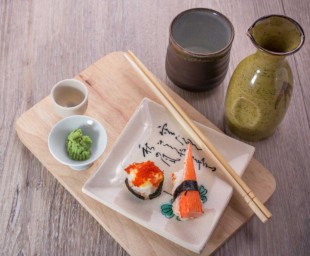Wine & Sake
-
Italian wine webinar series
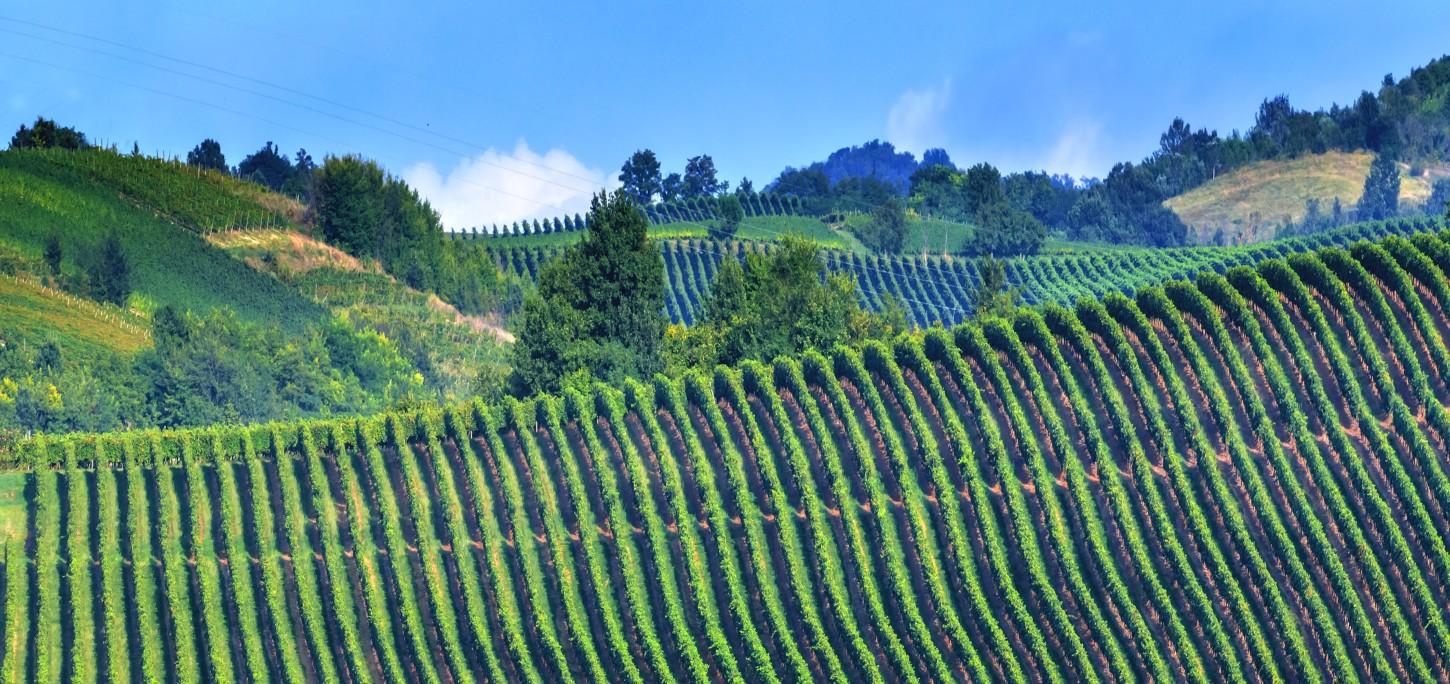 Wine & Sake
Wine & SakeItalian wine webinar series
Our Italian wine education webinar series features the history of Italian wine, wine regions of Italy, Italian wine tasting, and pairing Italian food & wine among other topics - lead by Ciro Pirone, Director of Italian Wines
Read moreBest Wines for Thanksgiving Dinner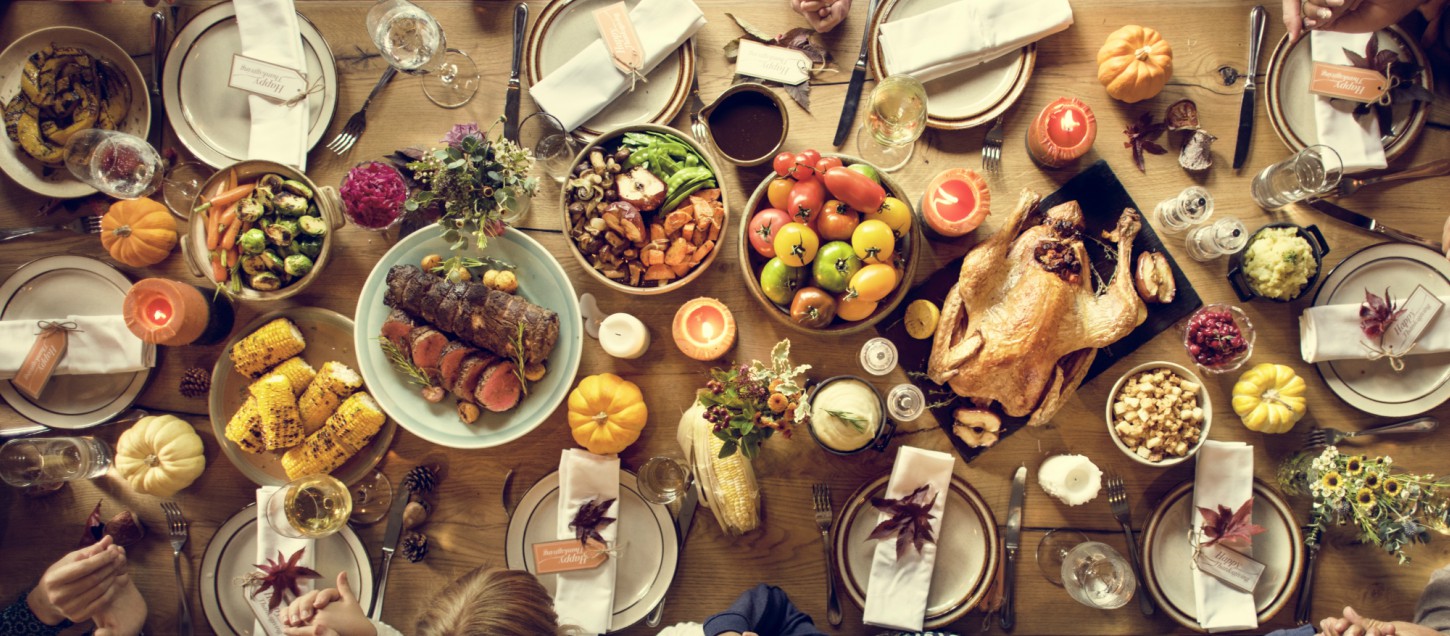 Wine & Sake
Wine & SakeBest Wines for Thanksgiving Dinner
What are the best wines for Thanksgiving and how much wine do I need?
Read moreChampagne and Sparkling Wine for Everyday & Special Occasions Wine & Sake
Wine & SakeChampagne and Sparkling Wine for Everyday & Special Occasions
Celebrate with Bubbles and learn the difference between Champagne and Sparkling Wine, how many types of Sparkling Wine exist, plus recommendations for everyday & special occasions.
Read moreNebbiolo - Italian Wine Webinar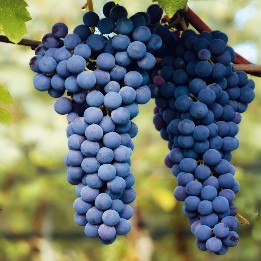 Wine & Sake
Wine & SakeNebbiolo - Italian Wine Webinar
Nebbiolo - Italian Wine Webinar. Bold, brash, sophisticated or elegant, Nebbiolo manifests multiple personalities depending upon the environment in which it finds itself. Find out more in this comprehensive tour of Piedmont terroirs!
Read moreEtna - Italian Wine Webinar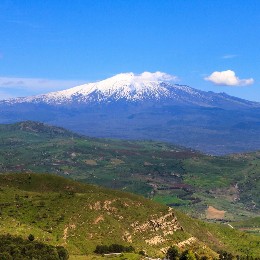 Wine & Sake
Wine & SakeEtna - Italian Wine Webinar
Italian Wine Webinar: Mount Etna Wine Region. Discover wines cultivated on a mountain that is also a volcano located in the heart of the Mediterranean sea on the island known as Sicily.
Read moreWines & Wine Cocktails for New Year's Eve Wine & Sake
Wine & SakeWines & Wine Cocktails for New Year's Eve
Wine recommendations and wine cocktail recipes for New Year's Eve.
Read moreWhy Choose Canned Wine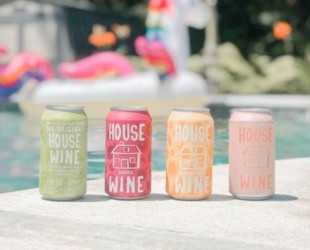 Wine & Sake
Wine & SakeWhy Choose Canned Wine
Why choose canned wine? Our wine team is here to assure you that wine in a can CAN go anywhere and, more importantly, tastes great too.
Read moreCru Beaujolais Wine Region and Grape Types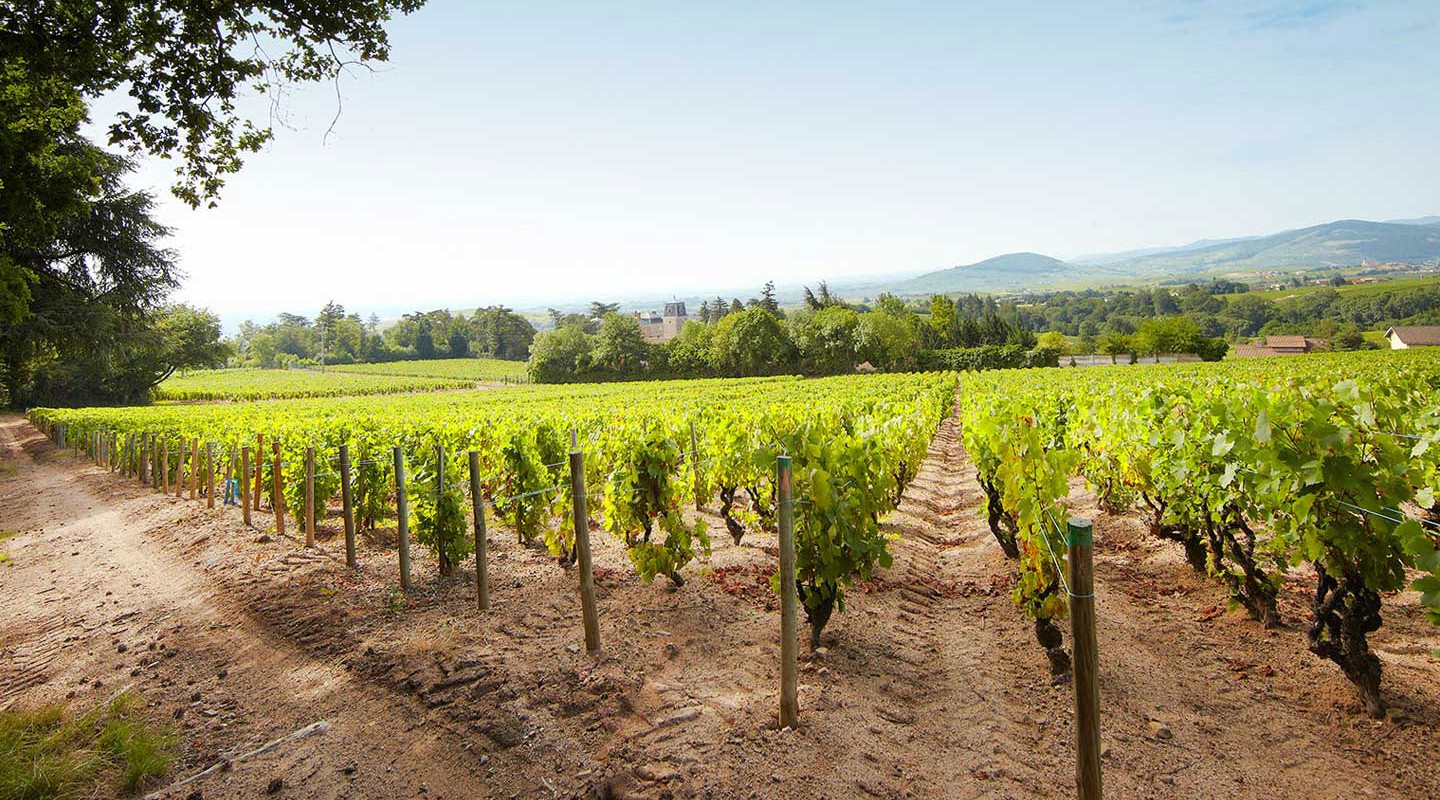 Wine & Sake
Wine & SakeCru Beaujolais Wine Region and Grape Types
Learn about the Cru Beaujolais wine region and grape types in each area
Read moreThe Myth of Super Tuscan Wines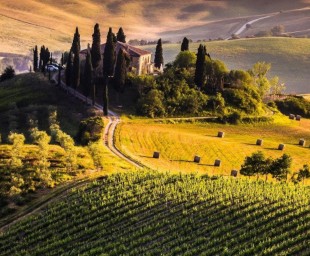 Wine & Sake
Wine & SakeThe Myth of Super Tuscan Wines
What is a Super Tuscan wine? While the term came into use among English-speaking writers in the 1980s in reference to wines devoid of official appellations yet often surpassing the classic reds of Tuscany in prestige and price, there's a lot more to it than that.
Read moreWashington State and Oregon Wines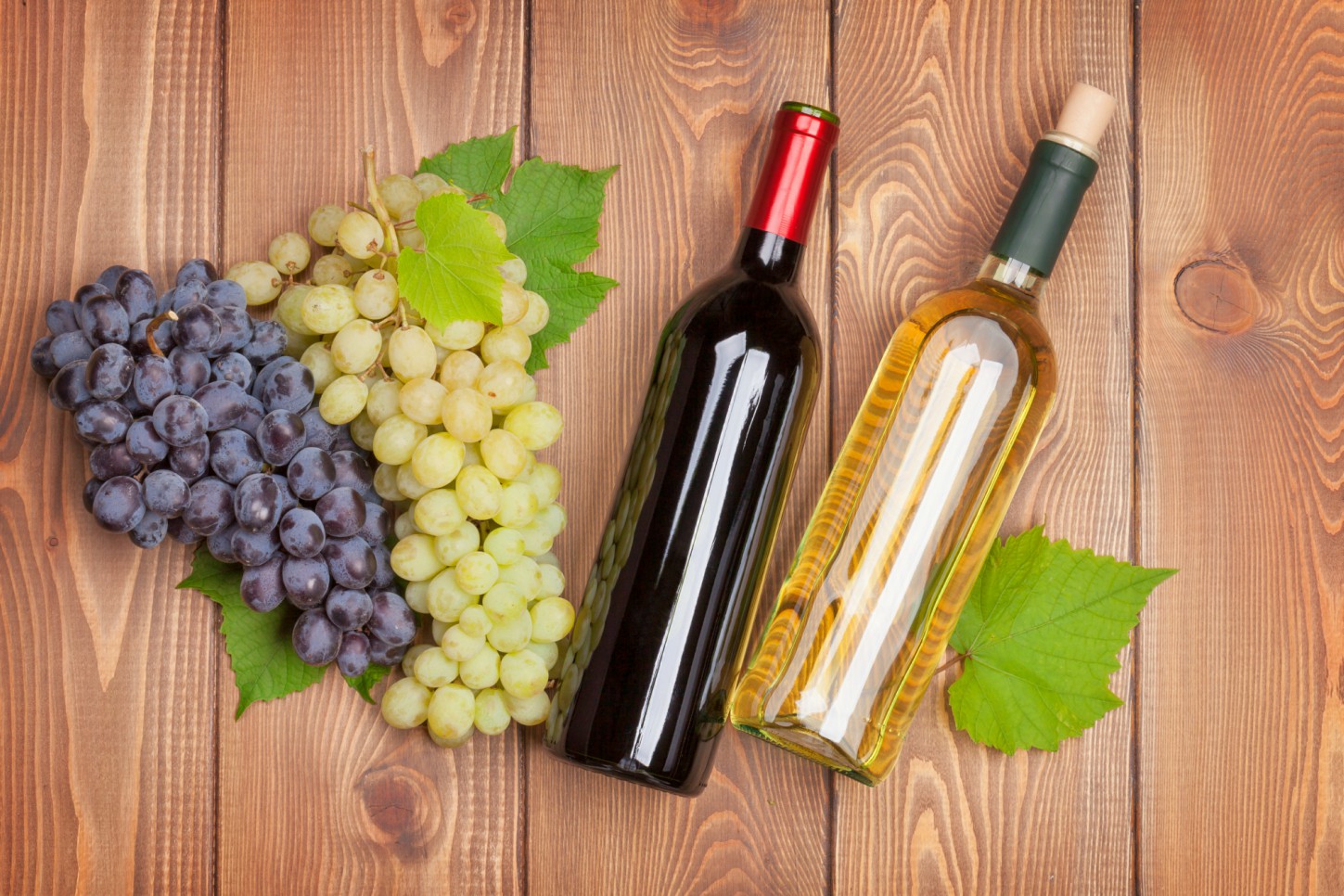 Wine & Sake
Wine & SakeWashington State and Oregon Wines
Some of the most exciting and value driven wines produced in the U.S. today are not coming from California - they’re from the Pacific Northwest. When you think about Washington State and Oregon wines, in addition to world-class Riesling - both sweet and dry - plus Pinot Noir…there’s way more going on out west and we're excited to share that with you!
Read moreProsecco DOCG, Grape Varietals & Production Method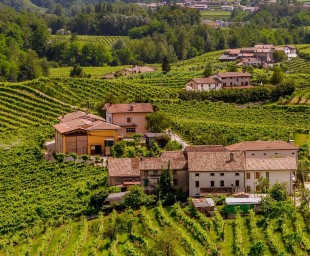 Wine & Sake
Wine & SakeProsecco DOCG, Grape Varietals & Production Method
Learn about Prosecco's DOCG, grape varieties and Production Method
Read more
